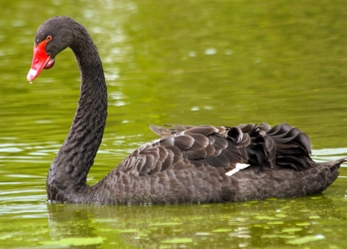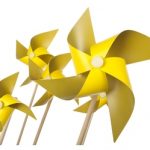Black Swan? You Must be Kidding
Yadi, a kid who lives in Sumedang (Indonesia), had a peer visit Alicia from Canberra (Australia). So, Yadi took Alicia to his garden and showed her a variety of plants and some domestic swans. Then, Alicia commented, “At my home, swans are black.” Yadi wondered, “Ah, you must be kidding. Swans are white. How can it be a black swan?”
Superkids, Yadi apparently doesn’t know about the black swan. Around the globe, several species of swans exist. In Indonesia, and Eurasian, the most commonly seen is mute swan which has white feathers and an orange bill. In North America, you can find native trumpeter swan which is also white but has a black bill. In sub-arctic area, there are whooper swans which are white and a yellow bill. Tundra swans, from Canada, have a yellow bill though the end is black. In South America, the white swans have black-neck. Black swans come from Australia.
Source : https://www.youtube.com/watch?v=Udu_Y78QE5I
Like other kind of swan, the black swan (Cygnus atratus) is a large waterbird. As the name shows you, black swan is mostly black-feathered. The bill is bright red, with a pale bar and tip. The legs and feet are greyish-black. However, the cygnet (immature bird) is greyish-brown with pale-edged feathers.
In Australia, black swans are nomadic with erratic migration patterns. They are monogamous breeders that share incubation duties. They utter a musical and far reaching bugle-like sound, either on the water or in flight. They can also whistle, especially when disturbed while breeding and nesting.
So, Yadi must go to the southeast and southwest regions of Australia to see the black swans. Or, at least, he may go to Bogor Botanical Garden to see white and black swans live in the same pool.
TEGUH WAHYU UTOMO
PHOTOS: THINKSTOCK


 Indonesia
Indonesia















